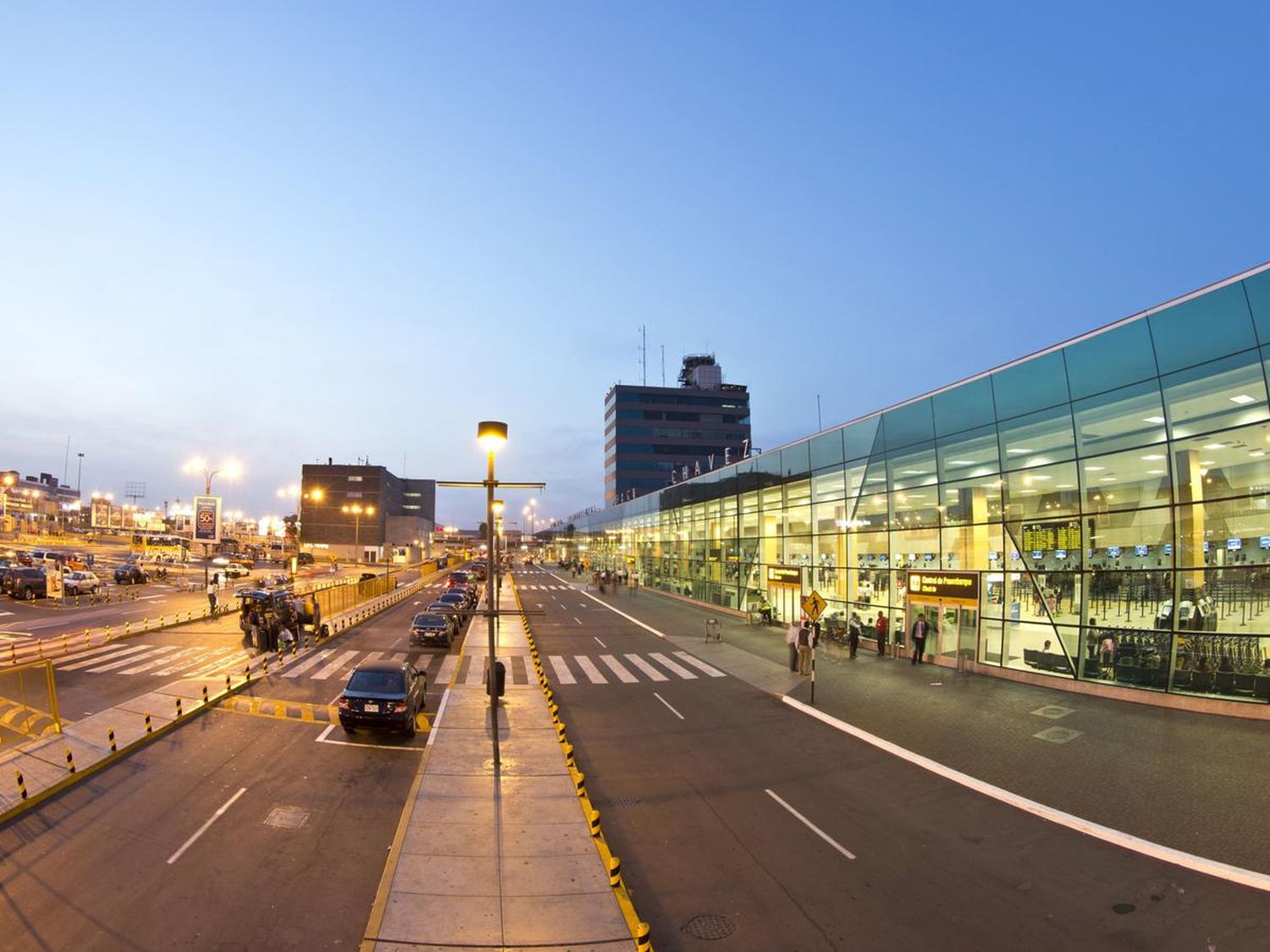The long-awaited Jorge Chávez International Airport (AIJC) expansion is going through a new dilemma: the concessionaire Lima Airport Partners (LAP) submitted a request to the Ministry of Transportation and Communications (MTC) to make modifications to the 2018 AIJC Master Plan.
This Plan includes the construction of the second runway, a new passenger terminal, a new cargo terminal and the second control tower. The controversy lies in the construction of the new passenger terminal.
According to the 2018 AIJC Master Plan and its Addendums, LAP must carry out the construction of the new terminal with a capacity for 35 million passengers per year and it must be delivered in 2025.
In LAP’s proposal, the new terminal that would be delivered in 2025, will have an area of more than 160,000 square meters, not the 190,000 square meters that are proposed in the 2018 AIJC Master Plan and its Addendums.
Subsequently, new extensions will be carried out that will begin in 2028 and 2035, which will allow the new terminal to expand to an estimated total area of 310,000 square meters, as detailed.
In conclusion, LAP proposed to the MTC to build a new passenger terminal for 2025, but under a modular scheme, that is, a smaller terminal and in stages as passenger demand returns to normal.
LAP has indicated that it will build the new terminal with the characteristics established in the contract, but it will complete it by 2041.
In addition to this modification, LAP has asked the MTC to maintain the two passenger terminals: the one that currently operates and the new terminal with the modular scheme.
This also goes against the 2018 AIJC Master Plan and its Addendums, which establishes the closure of the current passenger terminal once the new terminal is ready.
The LAP proposal was argued that due to the COVID-19 pandemic, the air traffic projections were modified, so they presented in December 2020, the proposal to modify the 2018 AIJC Master Plan.
MTC’s Decision
This May, the MTC rejected LAP’s request in the first instance because the modification of the airport development plan could not modify the conditions of the Jorge Chávez International Airport concession contract.
Now, following a demand for reconsideration, the MTC has reconfirmed its position, denying LAP’s request.
The unions and users that operate at the AIJC have supported the MTC’s decision.
There are constant requests from airlines to authorize them to operate more flights at pre-pandemic levels, which today have been rejected due to the lack of capacity of the current terminal airport.
Comparing The AIJC With Other Airports
The request made by LAP represents a setback for the competitiveness and presence of the AIJC in Latin America.
According to Gestión, the main airports in the region: Nuevo Padahuel in Chile and El Dorado in Bogotá, operate between 71% and 72% above the AIJC.
On the other hand, there are a series of demands, requirements, and charges established by the MTC and commercial airport operators, which obstruct the maintenance and development of private aviation companies in the domestic market.
In Peru, landing a small aircraft at the AIJC costs 15 times more than at the Miami International Airport.
The lack of infrastructure and other basic services at the Peruvian airports has repercussions on passengers who frequently pay more for a domestic ticket than for an international one.


Comentarios
Para comentar, debés estar registrado
Por favor, iniciá sesión